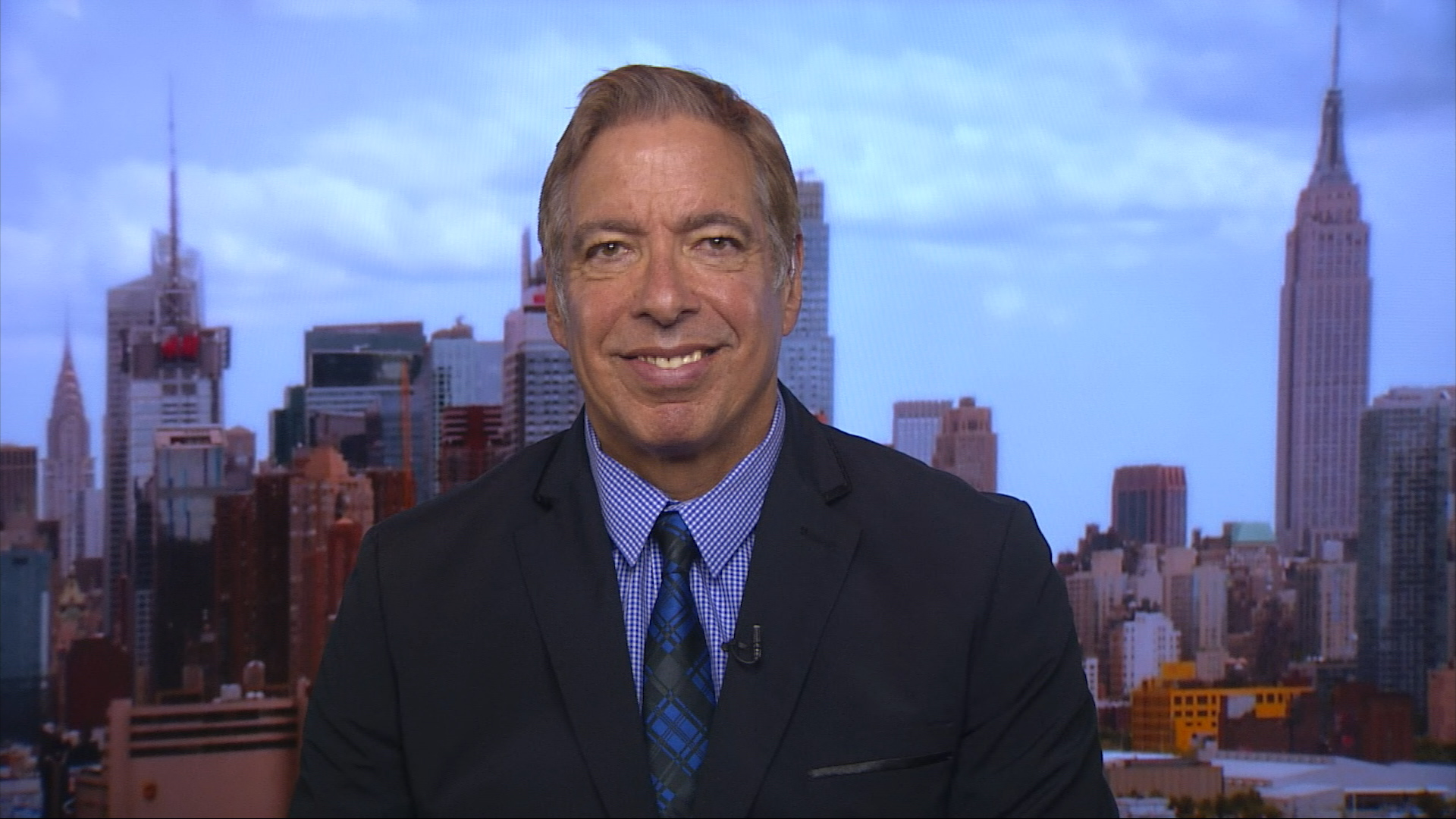Tech
Photo Illustration by Lyne Lucien/The Daily Beast
YouTube Is Banning Gun-Making Videos. Why Is It OK With Bomb-Making Videos?
Strange Double Standard
If YouTube won’t act, Congress should take a long, hard look at the unacceptable presence of instructional bomb-making videos on the site.
opinion

Trending Now





